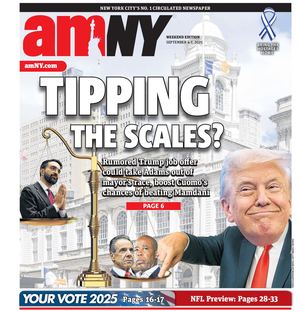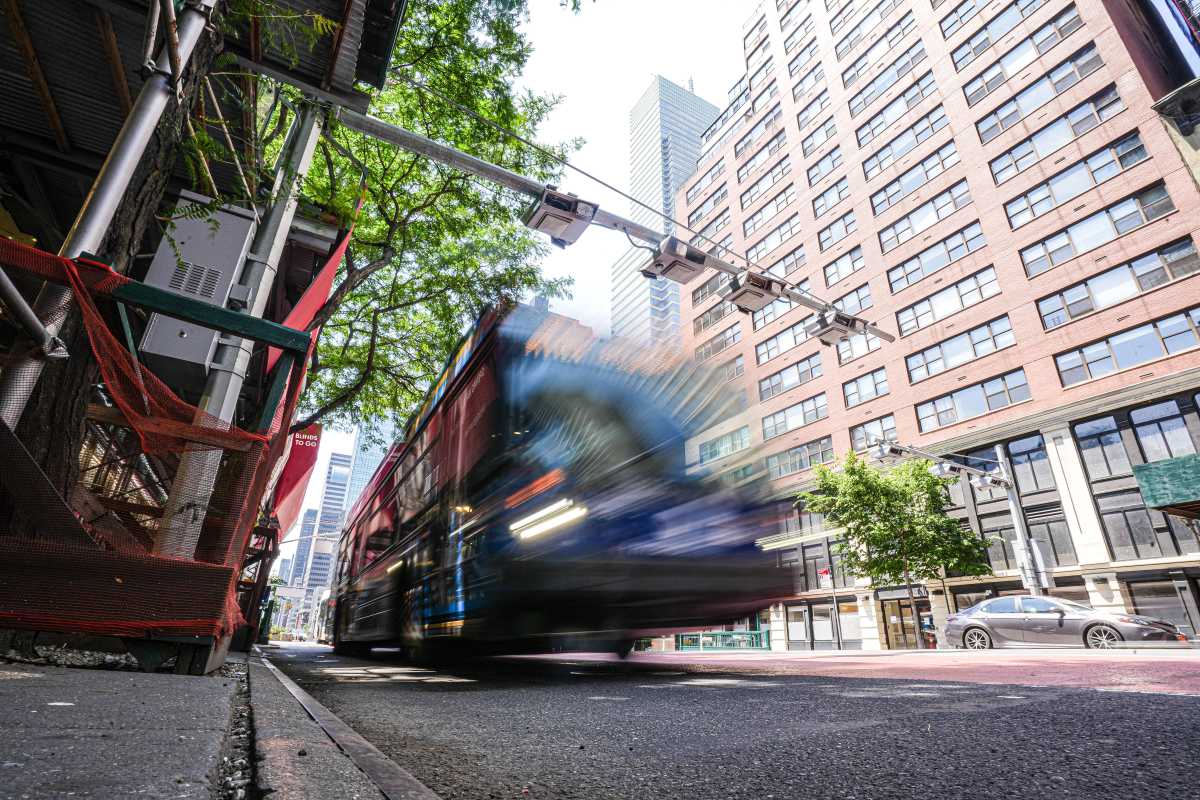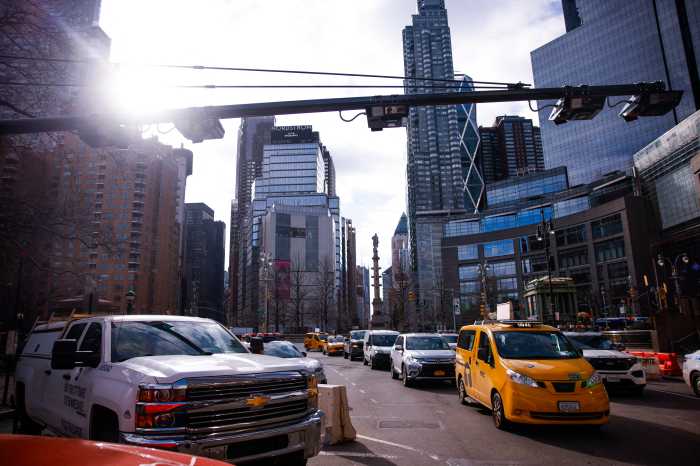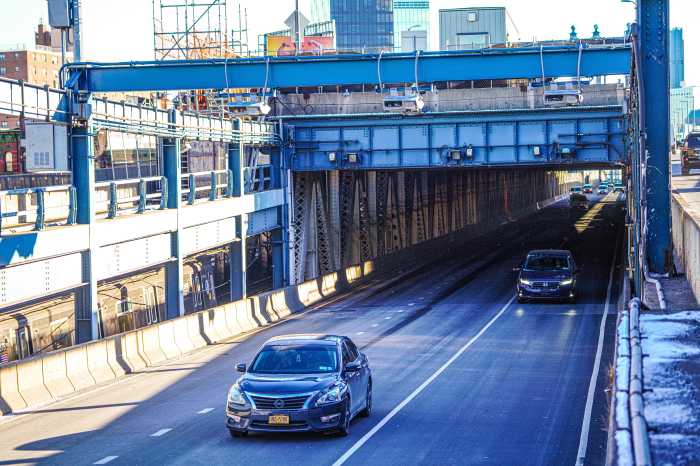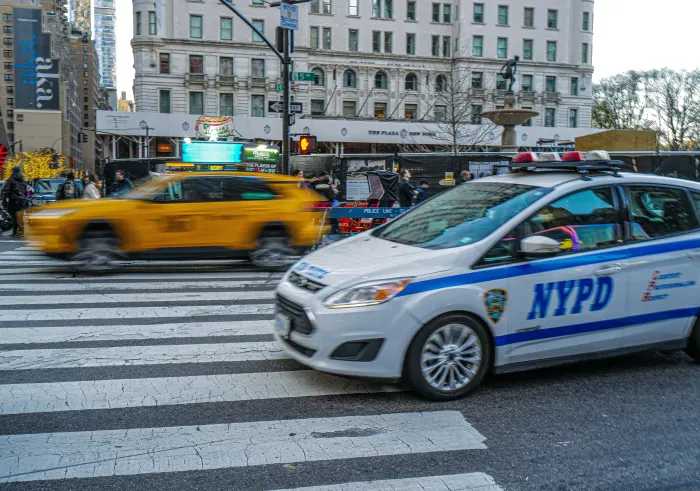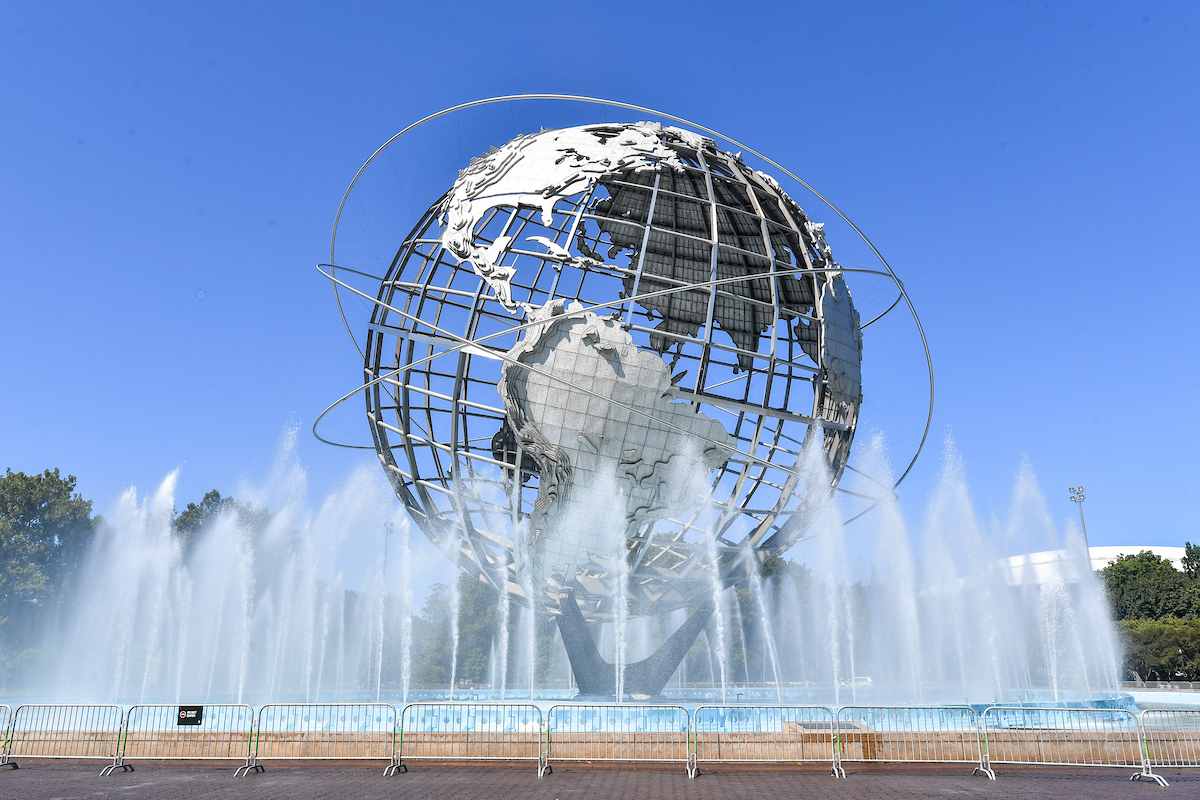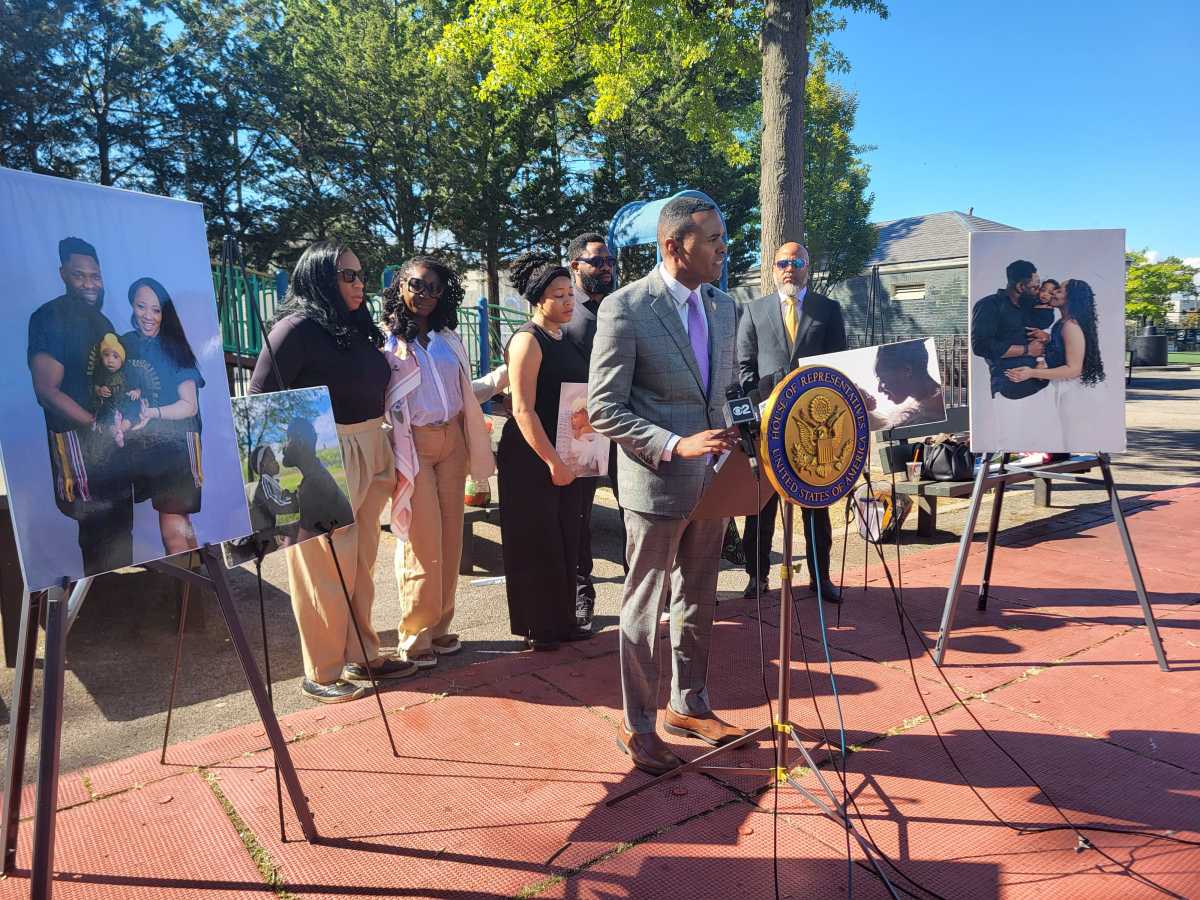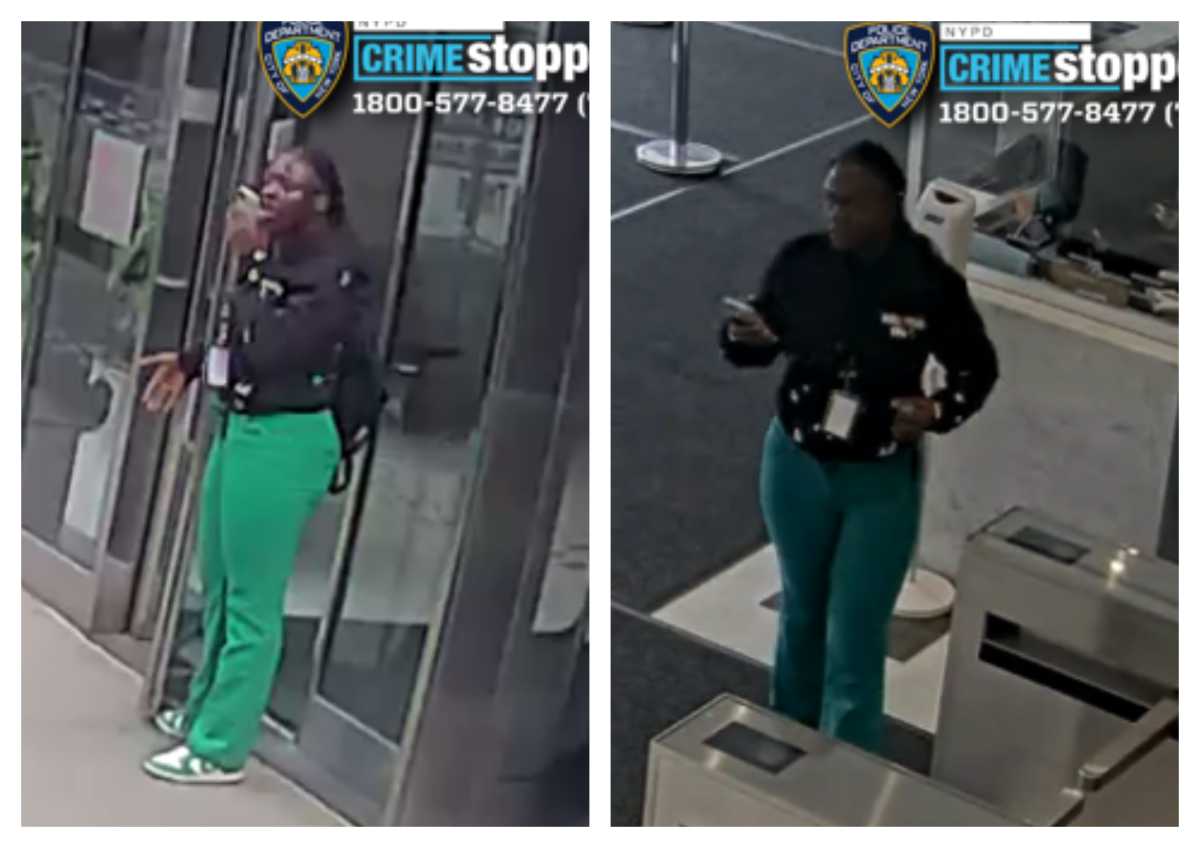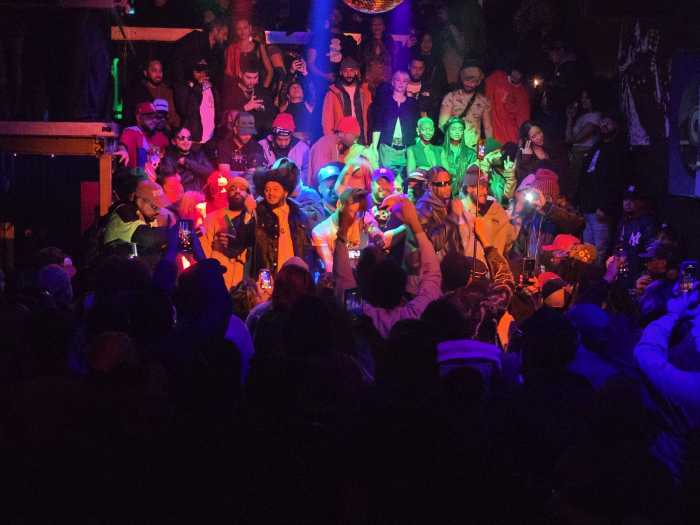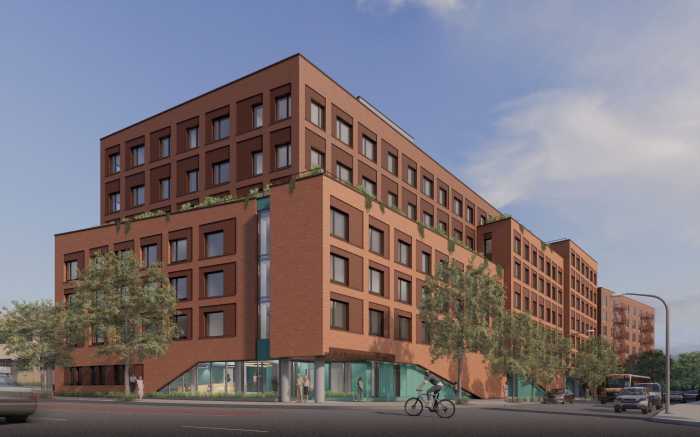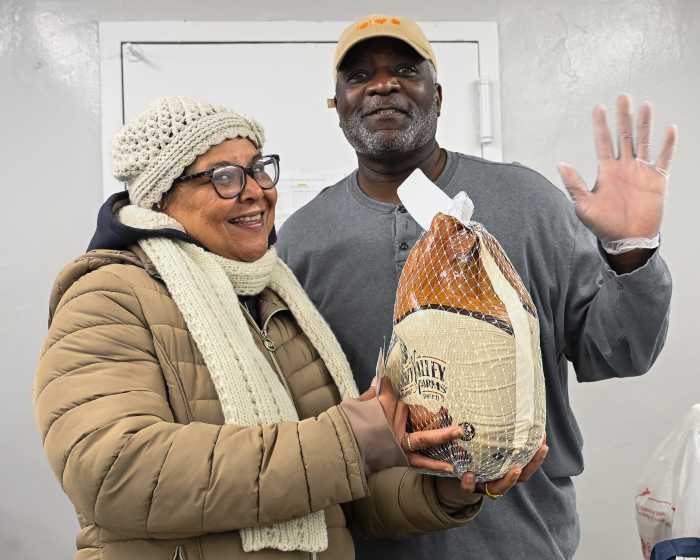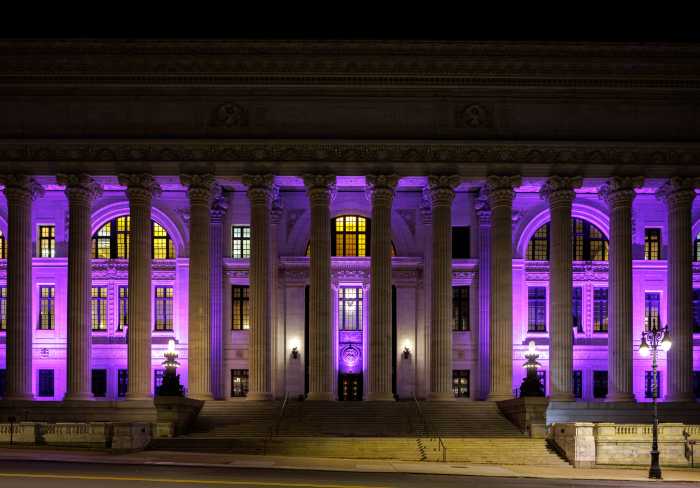More riders, driver tolls and strategies to thwart fare evasion have not only improved the MTA’s finances, but also led the transit agency to a higher credit rating.
The state-run MTA received an upgraded credit rating from Standard & Poor’s (S&P) Global Ratings on Aug. 12, improving its transportation revenue bonds rating from an A- to an A, according to an agency press release.
MTA officials said congestion pricing, which launched on Jan. 5, contributed to the stable rating outlook.
“S&P’s upgrade demonstrates continued growth in confidence in the MTA’s financial stability while recognizing the early success of the congestion relief tolling program, ongoing ridership recovery and dedicated state support to maintain a strong financial position,” Jai Patel, MTA chief financial officer, said. “To further support the MTA’s financial profile, we’ll continue to focus on operating budget savings while delivering reliable service.”
Several factors led S&P to make the rating move.
It took action based on six months of congestion pricing in Manhattan, with net revenues 8% favorable to budget, along with New York’s new funding source to support the MTA’s 2025-2029 capital plan by increasing the Payroll Mobility Tax projected to generate an additional $1.4 billion in recurring annual revenues, and the MTA’s balanced budget through 2026 with baseline increases in farebox revenue, toll revenue, dedicated taxes and state and local subsidies, allowing the MTA to “maintain a sufficiently strong financial profile,” the press release noted.
Meanwhile, the MTA also said the agency is paying off its future debt, which contributed to the upgrade of the credit rating.
Six months of congestion pricing
Through June, an average of 70,000 fewer vehicles have traveled into the congestion pricing zone south of 61st Street each day since the tolls went into effect — an 11% reduction, Patel said during a July finance meeting.
The program has generated a total of about $335 million so far this year, keeping the agency on track for its $500 million congestion pricing goal for 2025.
The MTA has said congestion pricing tolls will fund key transit projects, including accessibility improvements at stations across the city, modern signal systems, hundreds of new electric buses, and an array of structural repairs and power system improvements.
Fare evasion continues to be a scourge for the MTA, but the agency has taken aggressive steps to thwart the behavior, such as deploying gate guards, leading to a 36% drop in the crime at gate-guarded stations.
A fare hike still looms for bus and subway riders as the agency plans an increase from $2.90 to $3 per ride in January.
